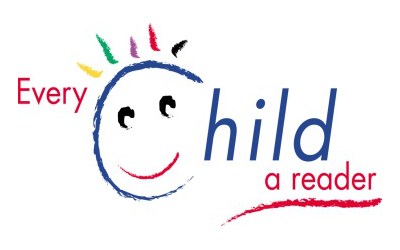 Phonics is a way of teaching children to read and write. It is the ability to hear, identify, and manipulate sounds and understand the link between the sound (phoneme) and the way it is written (grapheme).
Phonics is a way of teaching children to read and write. It is the ability to hear, identify, and manipulate sounds and understand the link between the sound (phoneme) and the way it is written (grapheme).
At Hannah More Primary school we follow the Letters and Sounds programme. This is a phonics programme in which individual letters or letter sounds are ‘blended’ to form groups of letters or sounds, and those groups are then blended to form complete words.
Children throughout Reception and Key Stage 1 take part in a daily phonics session. These focus on developing reading, writing and speaking and listening skills. The ‘Letters and Sounds’ programme is divided into six phases, with each phase building on the skills and knowledge of previous learning.
Children are also taught to read and spell ‘tricky words’ – words with spellings that are unusual. These include the words ‘to’, ‘was’, ‘said’ and ‘the’. ‘Tricky words’ are ones that we can’t sound – so these words just need to be remembered.
Here are some of the terms you may come across in our phonics work
vowels – the open sounds / letters of the alphabet: a,e,i,o and u
consonants – sounds/ letters of the alphabet that are not vowels.
blend – to merge individual sounds together to pronounce a word, e.g. s-n-a-p, blended together, reads snap
cluster – two (or three) letters making two (or three) sounds, e.g. the first three letters of 'straight' are a consonant cluster
digraph – two letters making one sound, e.g. sh, ch, th, ph.
vowel digraphs – two vowels which, together, make one sound, e.g. ai, oo, ow
split digraph – two letters, split, making one sound, e.g. a-e as in make or i-e in site
grapheme – letter or a group of letters representing one sound, e.g. sh, ch, igh, ough (as in 'though')
mnemonic — a device for memorising and recalling something, such as a snake shaped like the letter 'S'
phoneme — the smallest single identifiable sound, e.g. the letters 'sh' represent just one sound, but 'sp' represents two (/s/ and /p/)
segment (vb) — to split up a word into its individual phonemes in order to spell it, e.g. the word 'cat' has three phonemes: /c/, /a/, /t/
Helping with phonics at home
Click here to access fun and interactive games to support your child’s development in phonics.
Hints and tips
- Try to say the short sound of the letter, not the letter name. This will help children when they come to blend words together. E.g. the letter names dee-oh-gee don’t blend together to make ‘dog’.
- Read regularly with your child - Encourage children to recognise sounds and as they grow more confident, encourage them to blend the sounds together and to read sentences independently.
- When you are reading to your child, emphasise the rhyming words and ask what is special about them.
- Initial letter sound hunt – Say a sound to your child and see if they can find something in their house that starts with that letter. This also works well with ‘I spy’ but remember to use the letter sound and not its name.
- Songs – Sing nursery rhymes and traditional songs with your child and talk to them about the patterns that they notice in the words.




